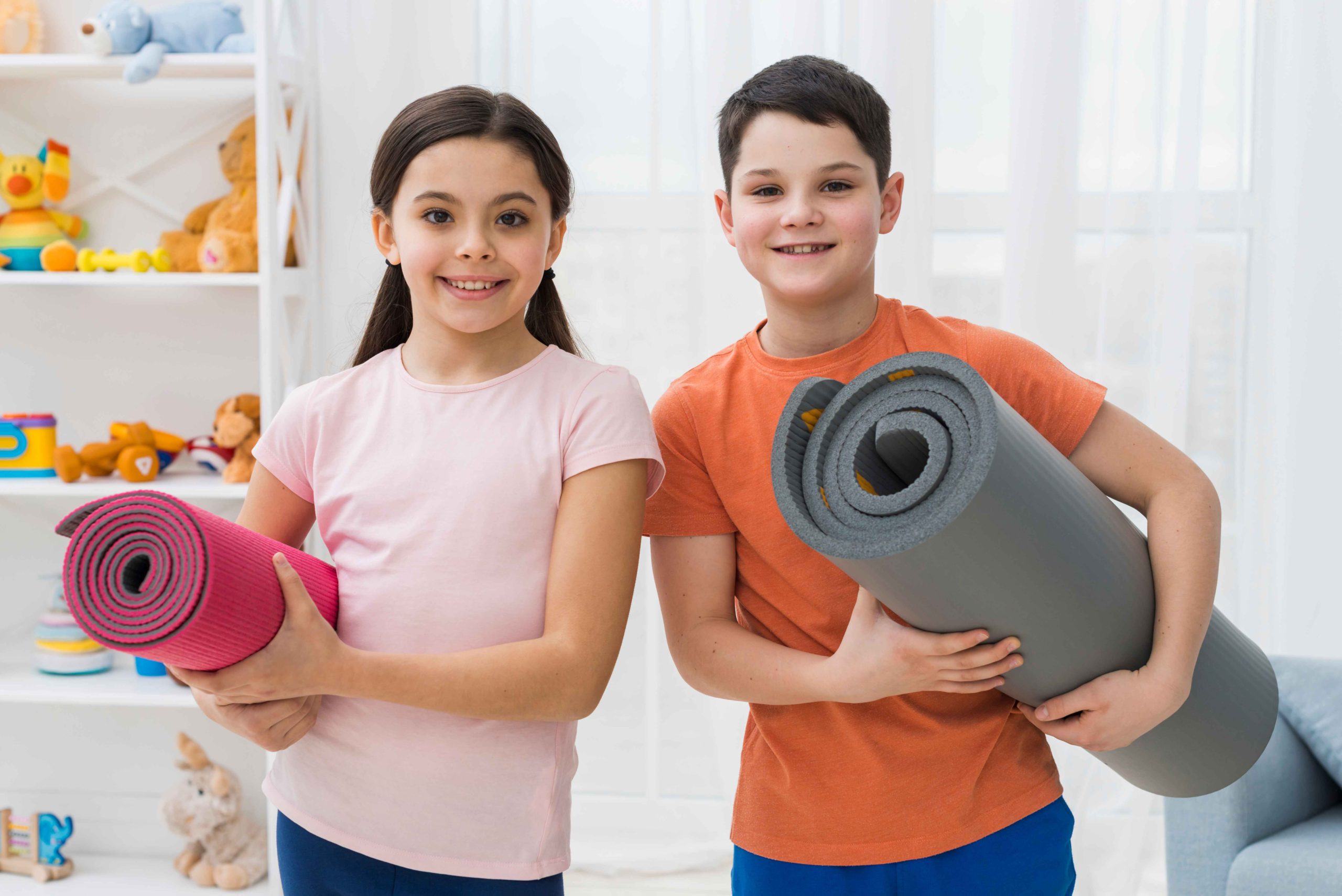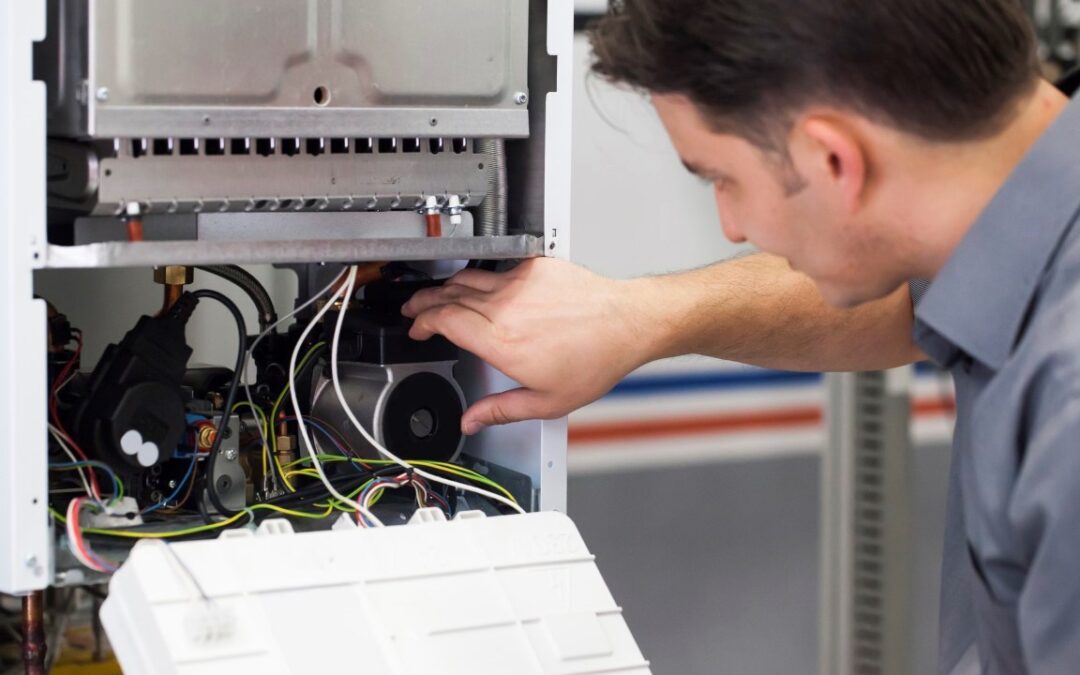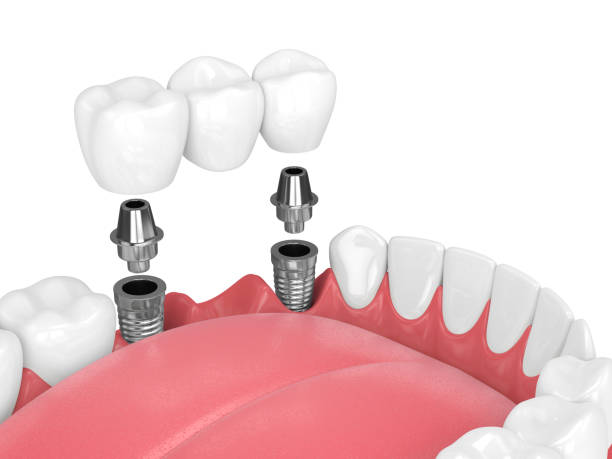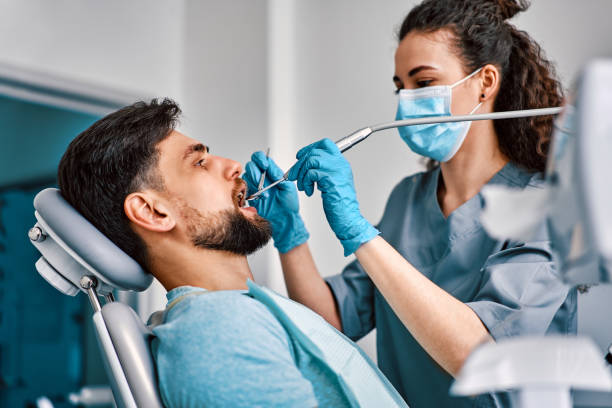In today’s fast-paced, technology-driven society, physical education (PE) is often overlooked, but it plays a critical role in the overall development of students. While academics are essential, a well-rounded education must also focus on the physical, emotional, and social growth of students. Physical education is integral in fostering these areas, offering benefits that extend far beyond physical fitness. PE supports mental health, builds social skills, boosts cognitive performance, and instills life-long healthy habits. This makes it vital for ensuring the holistic growth of students.
Physical Education and Physical Health
One of the most obvious benefits of physical education is its impact on physical health. With children today spending more time sitting and engaging in sedentary activities, such as screen time, obesity rates and related health issues like diabetes and cardiovascular disease are rising. PE provides a structured opportunity for students to be active, helping them maintain a healthy weight, build muscle strength, and improve their cardiovascular endurance.
Furthermore, physical education teaches students the importance of making healthy lifestyle choices. Through fitness activities, students learn how to incorporate exercise into their daily routines, establishing habits that can last into adulthood. Engaging in regular physical activity can reduce the risk of lifestyle-related illnesses later in life, setting the foundation for a healthier future.
For more information on how physical activity can prevent health issues, check out this resource from the Centers for Disease Control and Prevention (CDC).
Physical Education and Mental Well-Being
Physical education is also deeply linked to mental health. Participating in regular physical activities triggers the release of endorphins, also known as “feel-good” hormones, which can significantly reduce stress, anxiety, and depression. These benefits make PE an important part of maintaining emotional well-being for students.
In addition to improving mood, physical activities offer a productive way to relieve stress. As students juggle academic pressures, extracurriculars, and social obligations, PE provides an essential outlet to release tension. This can lead to improved self-esteem and emotional resilience, helping students manage challenges both inside and outside the classroom.
For further reading on the mental health benefits of physical activity, this Harvard Medical School article offers great insights.
How Physical Education Enhances Academic Performance
Research consistently shows a strong correlation between physical education and improved academic performance. Exercise boosts brain function by increasing blood flow and oxygen to the brain, enhancing memory, focus, and problem-solving skills. Studies have shown that students who engage in regular physical activity often perform better academically, particularly in subjects like math and science.
PE also gives students much-needed mental breaks from their studies. By engaging in physical activity, students return to their academic tasks feeling refreshed and recharged, which can improve their concentration and productivity. This balance between physical activity and academics contributes to better overall performance in school.
Check out this research by the National Institutes of Health (NIH) for a more in-depth look at how exercise impacts cognitive function.
Social Skills Development through Physical Education
One of the underrated aspects of physical education is its role in fostering social skills. Many activities in PE involve teamwork, cooperation, and communication, allowing students to interact with their peers in ways that promote relationship-building and emotional intelligence. Group activities in PE provide opportunities for students to work together towards common goals, developing skills like leadership, empathy, and conflict resolution.
In these collaborative settings, students learn how to express their ideas clearly, listen to others, and contribute to team success. These experiences are invaluable for preparing students for future relationships, both personal and professional.
For more on the role of teamwork in education, explore this Edutopia article that highlights the importance of collaboration.
Physical Education and Confidence Building
Physical education plays a significant role in boosting self-confidence and self-esteem. Whether it’s improving in a sport, mastering a new skill, or reaching a fitness goal, students gain a sense of accomplishment through PE. This sense of achievement fosters confidence, helping students believe in their abilities.
PE also encourages students to step outside their comfort zones and try new things, which builds resilience and self-belief. These traits extend beyond physical activity, empowering students to face challenges in other areas of life, such as academics and social situations.
Discipline and Responsibility through Physical Education
Another critical aspect of physical education is that it instills discipline and responsibility. PE classes typically have structured routines, clear objectives, and established rules that students must follow. Adhering to these rules teaches students about accountability, perseverance, and time management, skills that are essential for both academic and personal success.
The consistent practice and discipline required in sports and physical activities translate into other areas of life, helping students become more responsible and goal-oriented.
Lifelong Healthy Habits Taught by Physical Education
Perhaps one of the most valuable long-term benefits of physical education is the promotion of lifelong healthy habits. Students who engage in regular physical activity during school are more likely to continue these habits as they age. PE programs not only emphasize the importance of physical fitness but also teach students about nutrition, hydration, and overall well-being.
By learning how to take care of their bodies at a young age, students are equipped with the tools they need to lead balanced and healthy lives. These lessons extend well beyond their school years, influencing their future lifestyle choices and overall health.
Challenges Facing Physical Education
Despite its numerous benefits, physical education faces challenges in many school systems. Budget constraints, lack of resources, and the increasing focus on standardized academic testing often push PE to the sidelines. Schools struggle to allocate time and funding for quality PE programs, which can lead to fewer opportunities for students to engage in physical activity.
Moreover, not all students are equally inclined toward physical activities, making it a challenge for educators to create programs that cater to varying interests and skill levels. Ensuring that PE is inclusive and accessible to all students, regardless of their abilities, is crucial for its success.
Conclusion
Physical Education is Essential for Holistic Growth
Physical education is a vital part of a student’s overall development, promoting physical health, mental well-being, cognitive growth, and social skills. It also fosters emotional resilience, self-discipline, and confidence while encouraging lifelong healthy habits.
In an era where sedentary behaviors are becoming more prevalent, it is essential for schools to prioritize robust and inclusive PE programs. Doing so will equip future generations with the tools they need to lead healthy, productive, and socially responsible lives.
By recognizing the indispensable value of physical education, educators can ensure that students receive a well-rounded education that prepares them for the challenges of life.
For further insights into the role of physical activity in student development, check out this comprehensive guide from Shape America, a leading organization in promoting health and physical education.







0 Comments